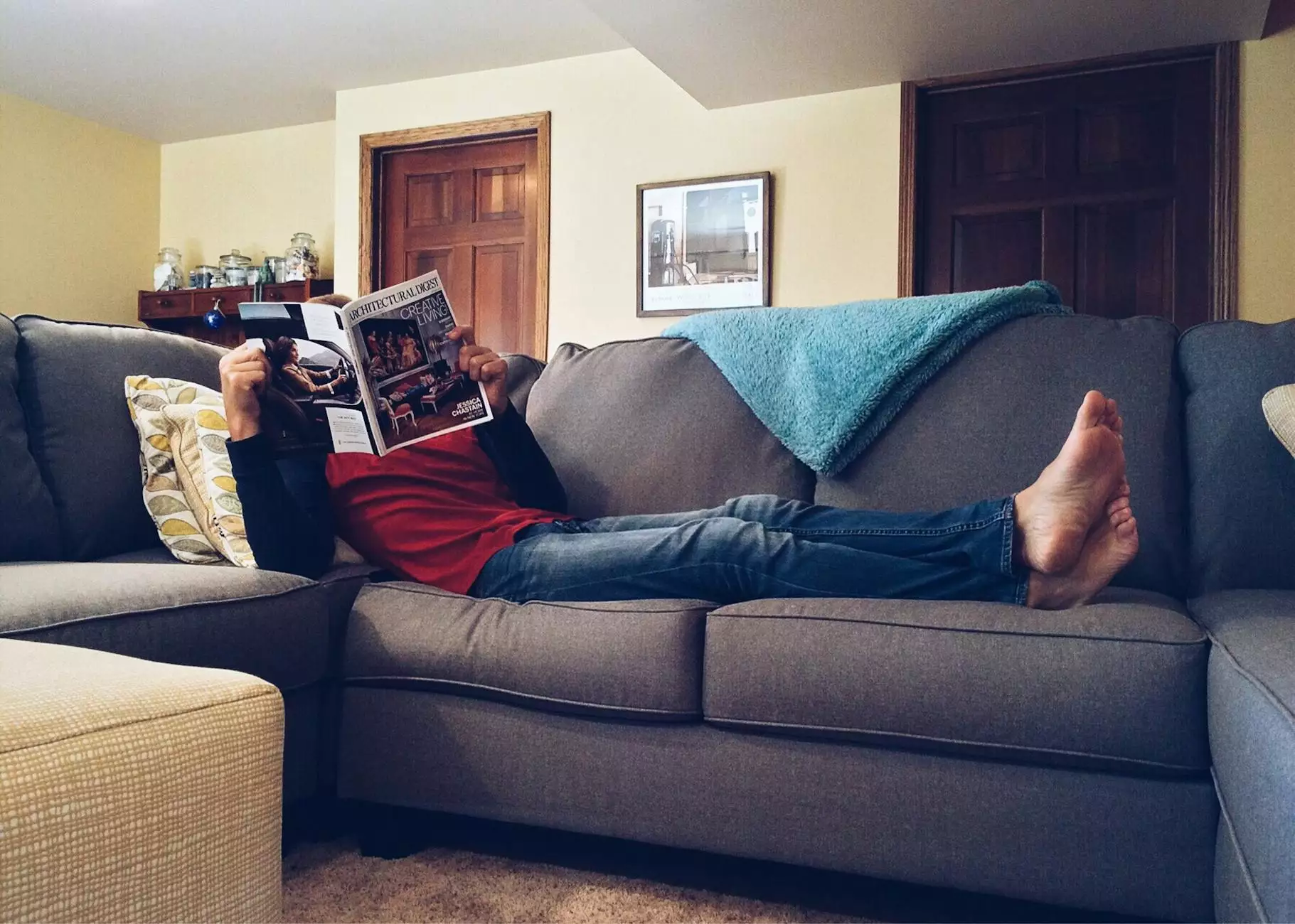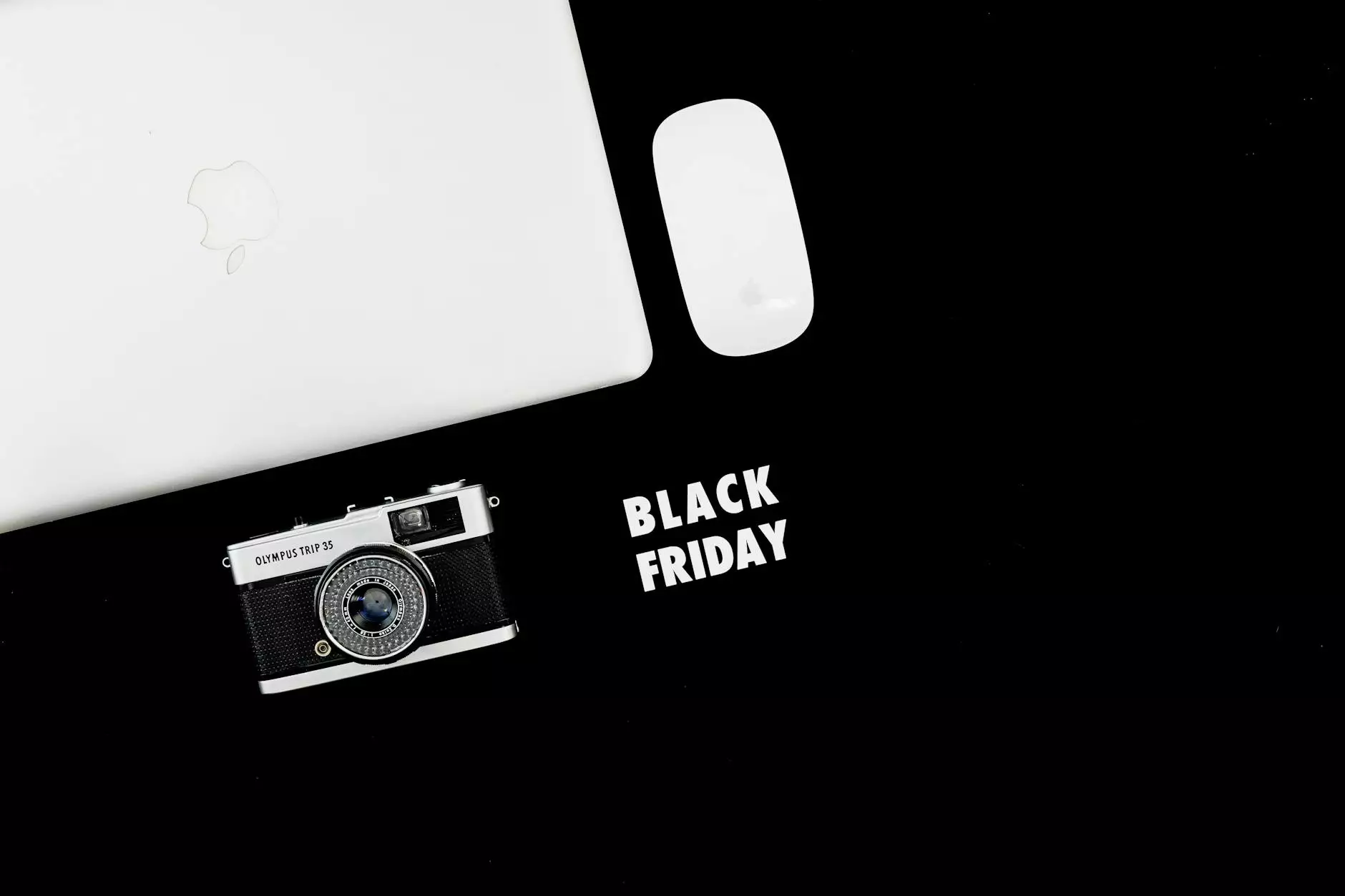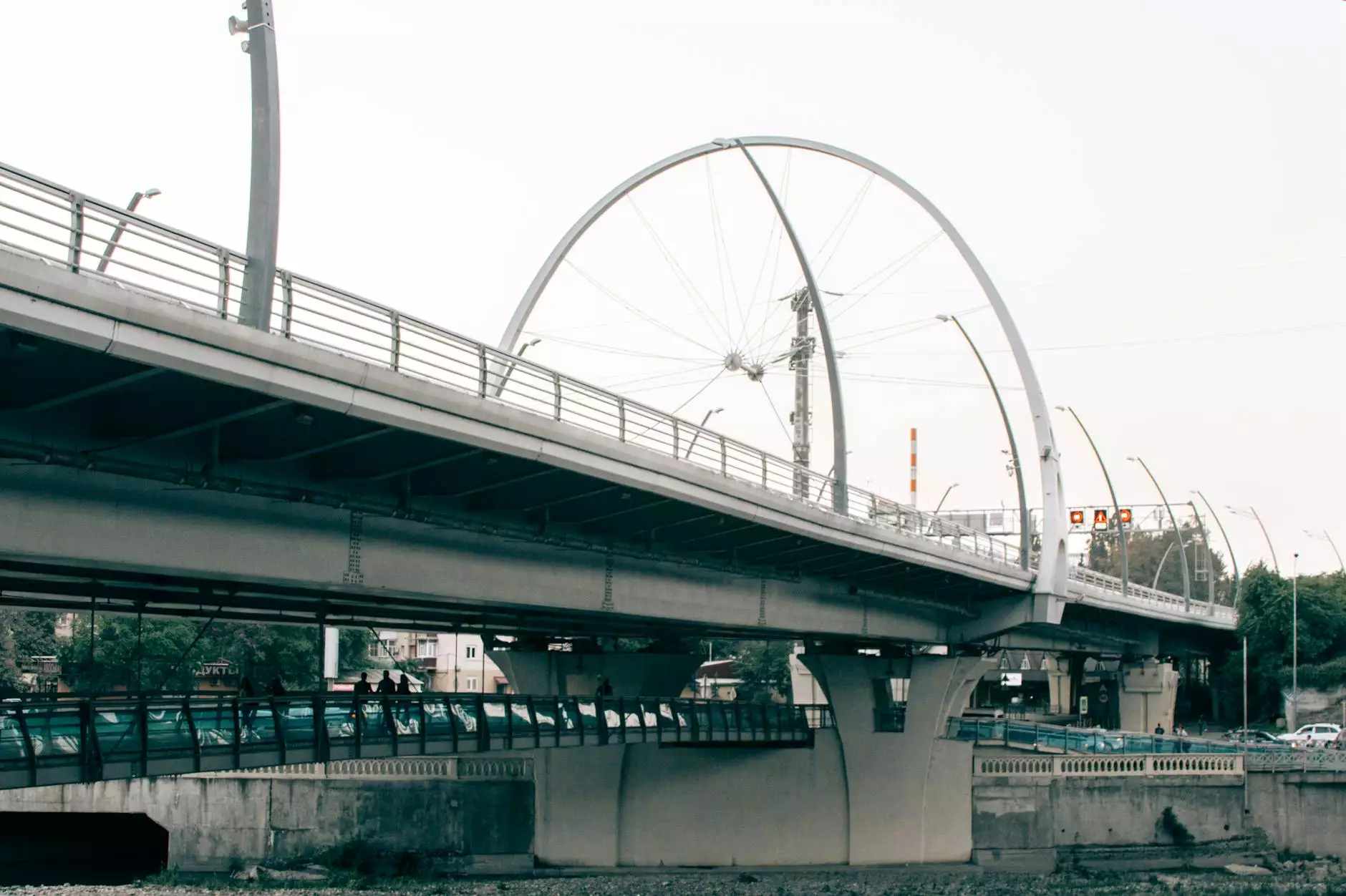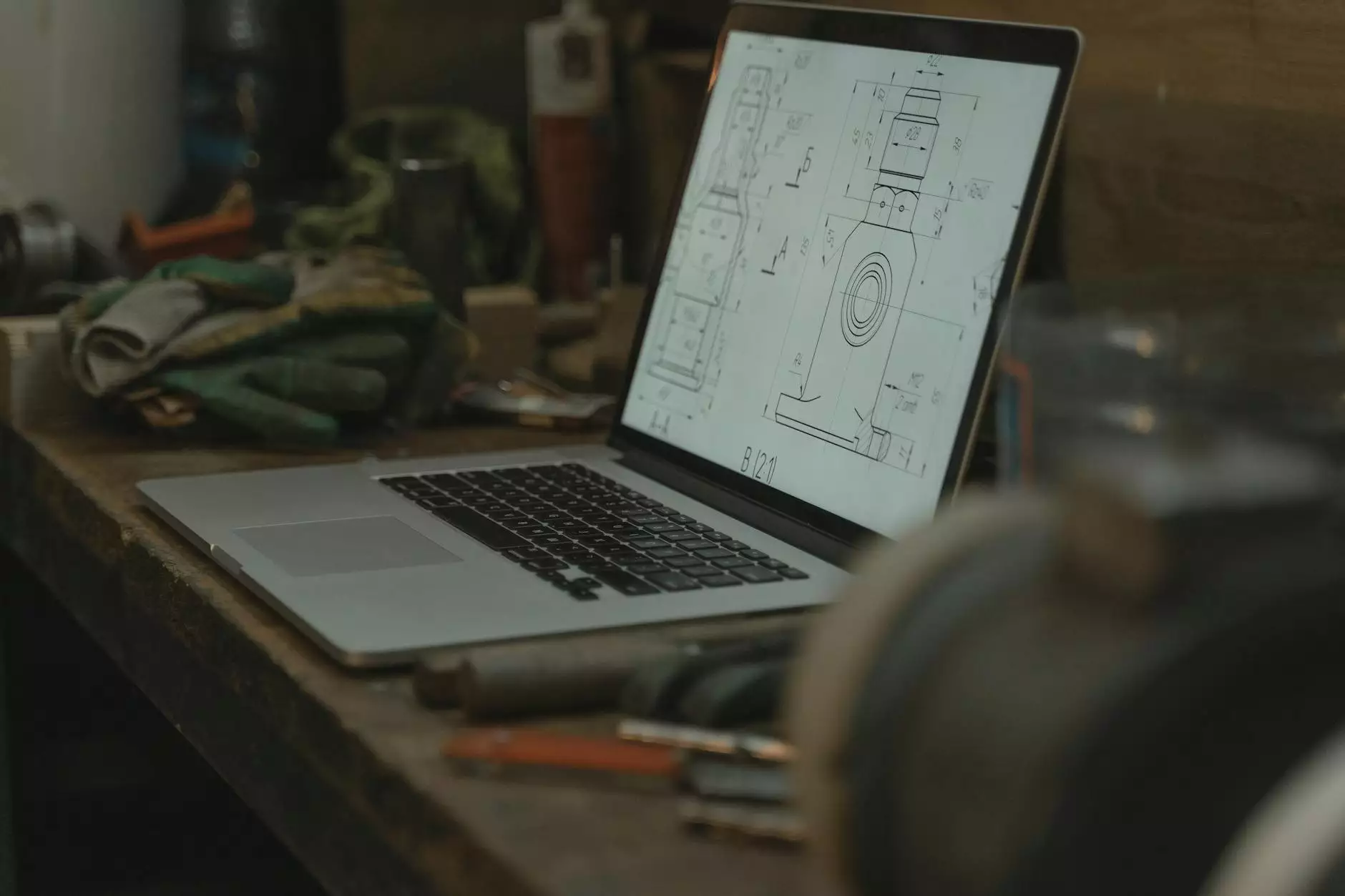Enhancing Business Security with Surveillance Camera Systems
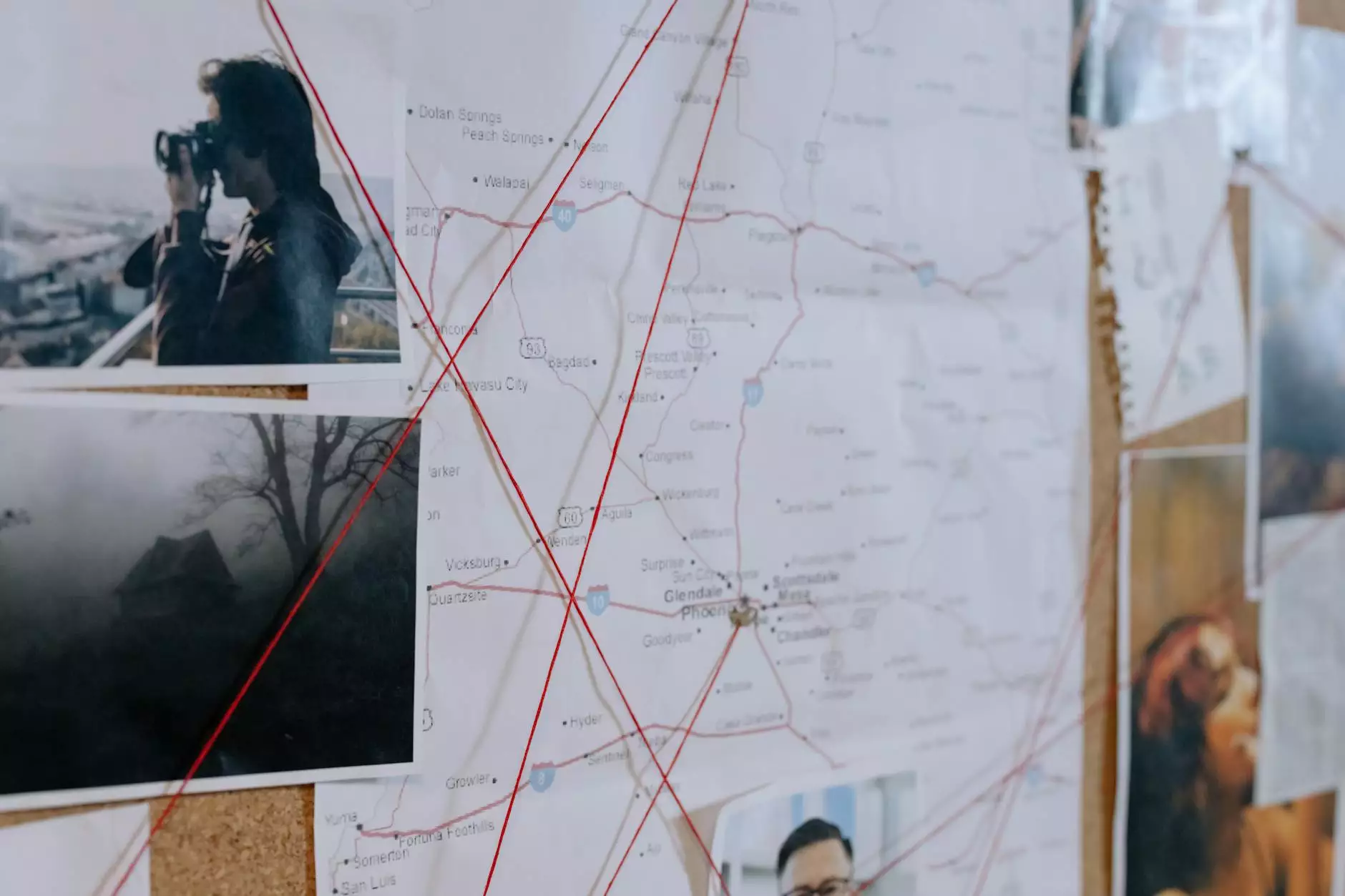
In today’s world, safety and security are paramount for any business. With the increasing rate of theft, vandalism, and other criminal activities, it is vital to ensure a safe and secure environment for employees, customers, and assets. One of the most effective ways to achieve this is through the establishment of a security surveillance camera system.
The Significance of Security Surveillance Camera Systems
A security surveillance camera system serves as the eyes of a business, providing continuous monitoring and recording of activities within and around the premises. Here are some compelling reasons why every business should invest in these systems:
- Deter Criminal Activity: The mere presence of cameras often acts as a deterrent to potential criminals.
- Protect Employee Safety: Security cameras ensure that employees feel safe in their workplace.
- Monitor Customer Interactions: Cameras can help resolve disputes between customers and employees.
- Evidence Collection: In the event of an incident, recorded footage can provide essential evidence.
- Remote Monitoring: Modern systems allow business owners to monitor their premises from anywhere in the world.
Components of a Security Surveillance Camera System
A comprehensive security surveillance camera system is composed of several essential elements:
1. Cameras
Cameras are the most recognizable parts of a security surveillance camera system. They come in various types:
- Dome Cameras: Ideal for indoor surveillance, providing a wide-angle view.
- Bullet Cameras: Best for long-distance viewing, commonly used for outdoor settings.
- PTZ Cameras: Pan-tilt-zoom cameras allow for remote adjustment of the camera angle and zoom level.
- IP Cameras: These connect to the internet and allow for remote viewing and more superior resolution.
2. Digital Video Recorder (DVR) or Network Video Recorder (NVR)
The DVR or NVR is crucial for storing video footage. The choice between DVR and NVR depends on the type of cameras used:
- DVR: Typically used with analog cameras.
- NVR: Works with IP cameras, offering enhanced features and better video quality.
3. Cables and Connectors
Quality cables (like coaxial or Ethernet cables) and connectors are necessary for linking cameras to the DVR/NVR and ensuring a stable connection.
Choosing the Right Security Surveillance Camera System
Selecting the right security surveillance camera system can be overwhelming due to the numerous options available. Here are some key considerations to help with the decision-making process:
1. Assess Your Security Needs
Determine the areas that require monitoring. Consider both indoor and outdoor spaces, high-traffic zones, and potential blind spots.
2. Evaluate Camera Specifications
Check for resolution quality (high definition is preferable), field of view, night vision capabilities, and weather resistance for outdoor cameras.
3. Budget
Establish a realistic budget that encompasses equipment, installation, and ongoing maintenance costs.
4. Scalability
Choose a system that allows for future expansion as your business grows.
Installation Process
Proper installation is critical for a successful security surveillance camera system. Here’s a breakdown of the installation process:
1. Planning
Create a detailed layout of where cameras will be installed. Make sure to account for coverage overlap and possible obstructions.
2. Mounting Cameras
Install cameras at strategic locations, ensuring they are mounted securely and at the correct height to maximize their effectiveness.
3. Wiring
Run the necessary cables to connect the cameras to the DVR/NVR.
4. Configuration
Configure camera settings in line with your business needs, including motion detection zones and recording schedules.
5. Testing
Finally, conduct tests to ensure that all cameras are functioning as intended, and the footage is clear.
Maintaining Your Security Surveillance Camera System
To ensure your security surveillance camera system operates efficiently over time, consistent maintenance is essential. Here are some tips:
1. Regular Cleaning
Clean camera lenses and housings periodically to prevent dirt and debris from obstructing views.
2. Firmware Updates
Keep the camera firmware up to date to protect against vulnerabilities and enhance performance.
3. Check Connections
Regularly inspect cables and connections for any signs of wear or damage.
The Future of Surveillance: AI and Advanced Analytics
The landscape of security surveillance is rapidly evolving. Innovations such as Artificial Intelligence (AI) and advanced analytics are changing how businesses protect their assets.
1. AI-Powered Cameras
AI cameras can recognize faces, vehicles, and even suspicious behavior, allowing businesses to implement proactive security measures.
2. Advanced Analytics
Analytics tools can provide insights into traffic patterns, peak hours, and employee performance, helping businesses make informed strategic decisions.
Understanding the Legalities of Surveillance
While implementing a security surveillance camera system, businesses must comply with legal requirements concerning privacy and data protection. Here are key points to consider:
1. Informing Employees and Customers
It is essential to notify employees and customers that surveillance cameras are in use to comply with legal standards and maintain trust.
2. Adhere to Local Laws
Research and adhere to the local laws regarding video surveillance to avoid potential legal issues.
Conclusion
Investing in a security surveillance camera system is one of the most prudent decisions a business can make. It not only enhances security but also improves overall operational efficiency and provides peace of mind to employees and customers alike. By carefully assessing your security needs, selecting the right system, and maintaining your equipment, your business can enjoy the multitude of benefits that come with quality surveillance.
Explore the wide range of telecommunications, IT services, and repair options available at teleco.com to help safeguard your business with cutting-edge technology.
